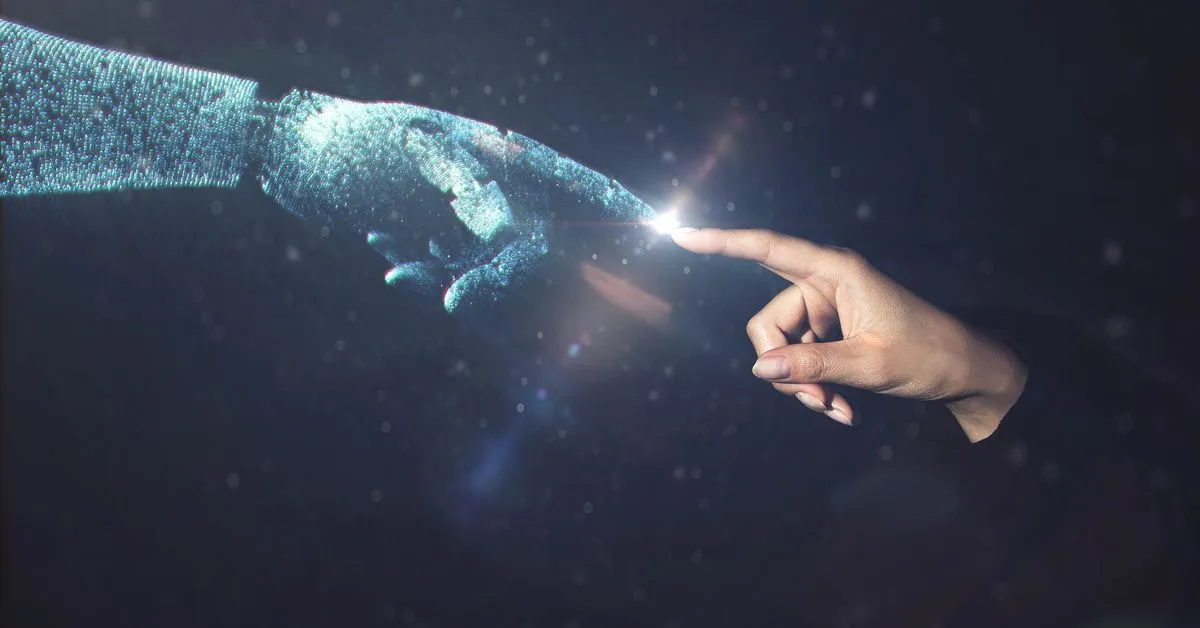None of these technologies are as interesting in isolation as they are when combined: It’s not about AI doing whole jobs themselves, but rather, about it doing what we are bad at, and helping us coordinate and do it faster. This is the idea behind combining Artificial Intelligence (AI) and Web3 technology to tackle complex problems. By combining the strengths of both technologies, we can create a symbiotic relationship that can help us solve global-scale problems that have eluded humans for generations.
One example of this is the Curing Cancer DAO. This is a consortium of scientific research labs, academic departments, and disease communities that have come together to tackle the problem of curing cancer. They have initiated a DAO with membership NFTs, allocated a pool of funding, and instated an AI agent to manage the project as it scales. The AI agent is tasked with managing donations, keeping track of new members, disbursing payments, assessing the requirements to make progress on curing cancer, and crafting a proposal with a roadmap of work.
The AI agent is also responsible for recruiting people to do tasks, assigning people work, and assessing how well the work was done. It can also create updates to the roadmap and report progress to all stakeholders in the DAO. The board of experts can veto any proposal from the AI agent or rework it to make the process more efficient.
By combining AI and Web3, we can monitor risk and manage trust much better than we can even in today’s primarily social systems. This is a powerful example of how we can become more effective at problem solving when we use AI and Web3 creatively.
